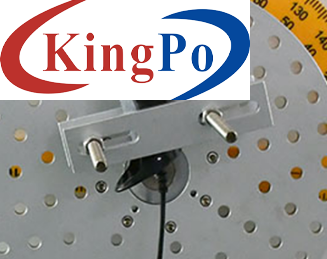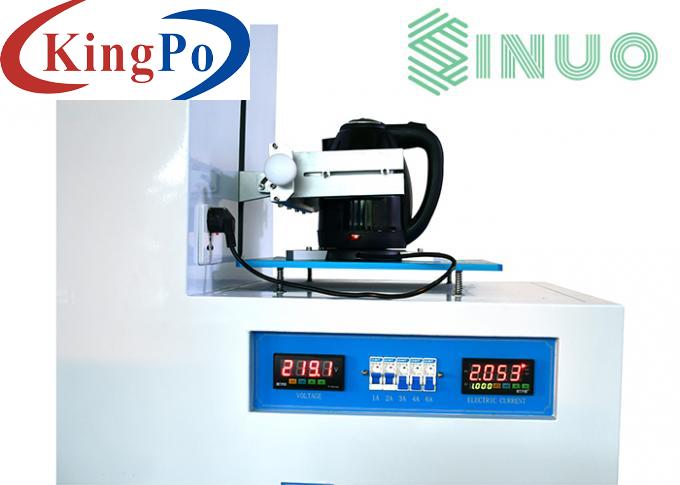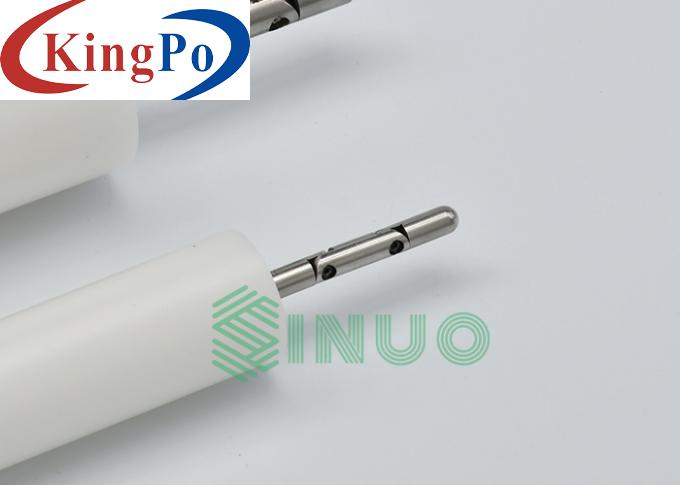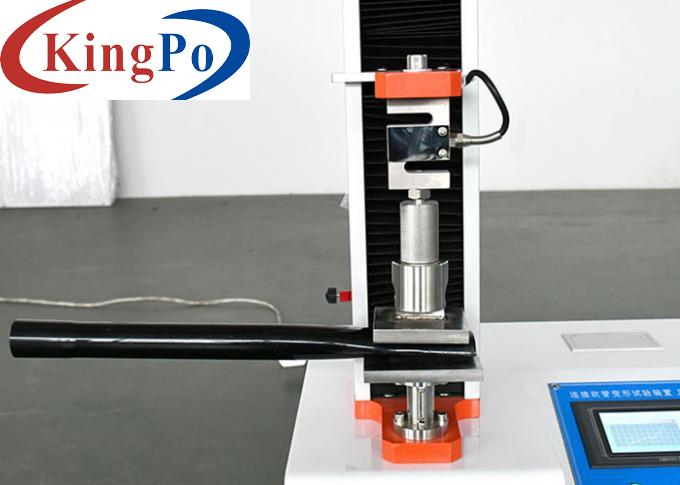Products
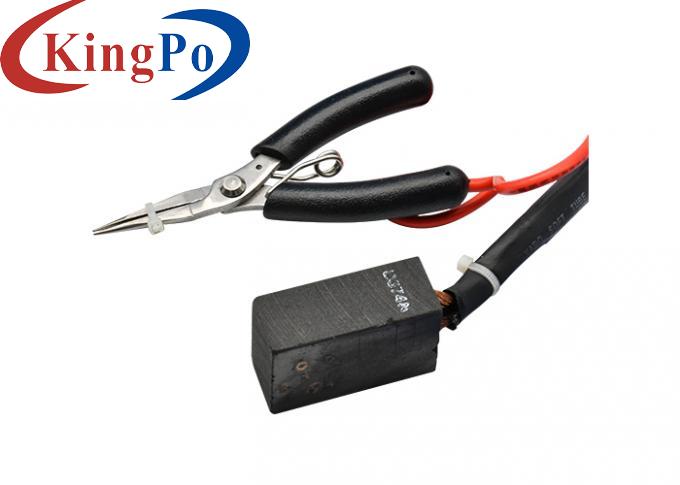
IEC 60335-1 Thermocouple Welding Machine For Joining Or Welding Thermocouple Wires
Products Description
IEC 60335-1 Thermocouple Welding Machine For Joining Or Welding Thermocouple Wires
Test Procesures For Thermocouple Welding Machine:
Product Overview For Thermocouple Welding Machine:
This device is required by IEC60335-1:2004 Household and similar electrical appliances – Safety - Part1: General requirements.
Thermocouple welding machines are used for joining or welding thermocouple wires together. Thermocouples are temperature sensors that consist of two different metal wires joined together at one end to form a junction. When the junction is exposed to a temperature gradient, it generates a voltage proportional to the temperature difference.
To ensure accurate temperature measurements, it is important to have reliable junctions in thermocouples. Thermocouple welding machines provide a way to create strong and consistent welds between thermocouple wires.
These machines typically use a resistance welding technique, also known as thermocompression or micro-welding, to join the wires. The process involves applying pressure and an electric current to the junction point, causing the metals to heat up and fuse together.
Thermocouple welding machines are designed to provide precise control over the welding parameters such as current, voltage, and duration. This allows for consistent and repeatable welds, ensuring the accuracy and reliability of the resulting thermocouples.
Technical Parameters For Thermocouple Welding Machine:
Sample and limitations
Filament thermocouples and slightly larger than filament thermocouples
Test application
Applicable to filament thermocouple and junction welding slightly larger than filament thermocouple (≤Ф0.5mm)
Test principle
Use the booster pump to boost pressure, monitor and feedback the pressure value in real time through the pressure sensor connected to the pipeline, and control the electric valve, pressure regulating valve and other components by the control team, so that the water pressure in the pipeline and the pressure holding time are consistent with standard requirement.
Equipment structure
This machine is a class I electrical appliance. When using it, pay attention that the power cord socket must have a grounding electrode to protect the welding personnel from safe operation. The welding part adopts a class III structure, and the safety extra-low voltage power supply can touch the graphite electrode and the welding tongs, which makes the operator very Safety. The thermocouple junction welded by this machine is spherical, free of pores and inclusions, smooth surface and metallic luster.
Use environment
Power supply: AC220V±10%/50-60Hz, operating environment: working temperature 0-40℃, humidity 30%-90%
Test station
Single station
Electrical control method
Button control operation
Sample type
≤Ф0.5mm filament thermocouple
1. Put the welding machine on the left side of the work surface, separate the welding tongs and the graphite electrode on the desktop, press the lead wire of the graphite electrode with a heavy object, make any plane of the graphite electrode flat or stick the graphite electrode on the chassis with double-sided tape above.
2. Plug in the power plug (220V±10%, 50HZ, 200VA), turn on the rear power switch, and you can see the power switch indicator light on.
3. Adjust from I to II as needed. When welding the thermocouple wire below Φ0.25mm or if you want to weld a smaller diameter of the junction, it is recommended to use I. As the diameter of the thermocouple increases, I can choose I + II.
4. Touch the energy storage switch, and the energy storage is completed when the energy storage indicator goes out.
5. Strip the thermocouple wire sheath to about 20mm with wire strippers, then strip the metal core wire to about 5mm long with wire strippers, twist the two core wires, and clamp the metal part to the specially treated " Welding gun", the spliced part is exposed by 2 to 3mm.
6. Grasp the thermocouple wire and the welding tongs with your fingers, so that the core wire exposed on the welding tongs touches the graphite plane perpendicular to the graphite plane, and the welding is completed when you hear a crisp sound of "pop". Press the charge button again to get ready for the next cycle.
7. Check the solder joints. The diameter of the solder joints is required to be as small as possible, usually twice or slightly larger than the diameter of the thermocouple wire. The joints are spherical, without pores and inclusions, with a smooth surface and metallic luster.
Warning: Welding is prohibited when the energy storage indicator is on.



